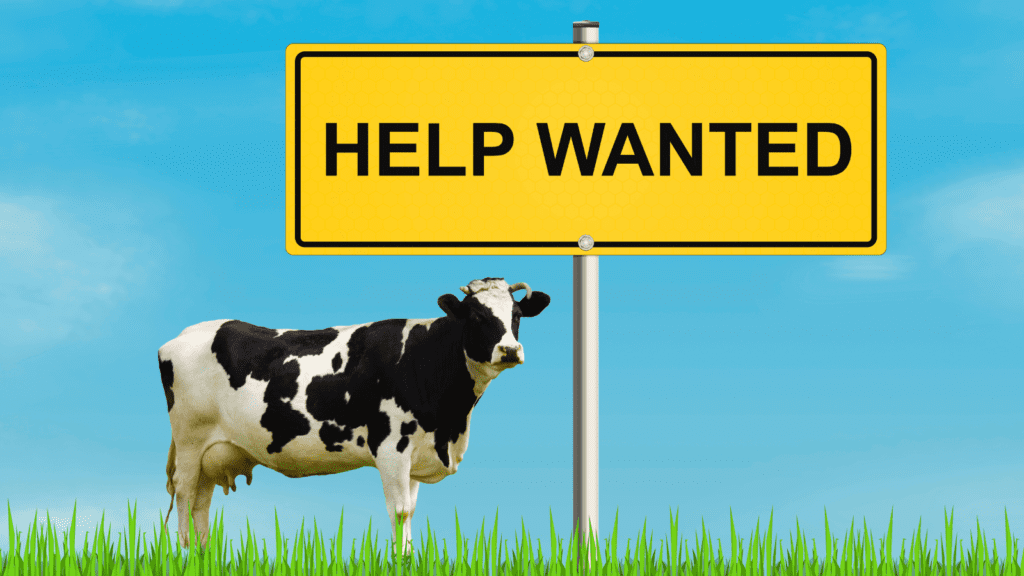
Return to August 2022 newsletter
Help wanted to feed hungry Texans
By Darren Turley
Executive Director, Texas Association of Dairymen
Where is all the labor at? The need for workers is dominating conversations not only in the dairy industry, but in businesses across the board. The COVID pandemic sent workers home, yet it’s obvious not everyone is returning to the workplace now that the world has opened back up.
Labor was tight on Texas dairies even before the pandemic, with the majority of jobs located in rural Texas. With urban areas struggling to fill jobs, it’s even more of a problem in rural areas.
This is a concern for dairy farmers trying to feed our state and nation – and particularly in Texas, where milk production is booming.
I have spoken to several dairy farmers about this issue. Even Russell Boening, president of the Texas Farm Bureau and one of our southernmost dairy farmers who also grows produce, says he has not seen any job seekers. Boening has always used a lot of seasonal H2A immigrant labor to harvest produce like watermelons. This year, however, he won’t be planting any watermelons because he has no one to pick them when they are ripe.
The United States is clearly behind other countries in post-pandemic workforce recovery. Our country has about 3 million fewer workers than before the pandemic. Add to that the 1.5 million baby boomers who are due to retire each year and the fact that females aged 25-54 years old in the workforce plummeted during the crisis and have yet to balance back.
These figures quantify the U.S. Chamber of Commerce statistics that the U.S. has 10.7 million open jobs and 5.7 million unemployed workers – if there was no unemployment, 5 million jobs would still be open.
This is not a very optimistic outlook for dairy farmers, in addition to the increased pay rates necessary to retain workers as other industries increase their starting wages to lure new hires. Producers will be paying more for labor for some time.
This is definitely encouraging dairy farmers to consider new technology to reduce labor needs. For example, several farms are shifting to using a sort gate in the exit lanes of the dairy barn to treat cows easier with less manpower. Robots are spraying teat dips, pushing up feed and milking the cows, too. Robotic feed carts to deliver feed to cows also are being installed on a Texas dairy farm. All of these, and I am sure many others, will be adopted in the future to help save labor to produce Texas milk.
Three Texas dairies that have installed robotic dairy systems will be hosting Southwest Dairy Day in Scotland, Texas, on Oct. 20. I encourage you to come out and take a look. Robots may sound like the future, but they’re already here. You can learn more about Southwest Dairy Day here or by following Texas Dairy Matters on Facebook.


